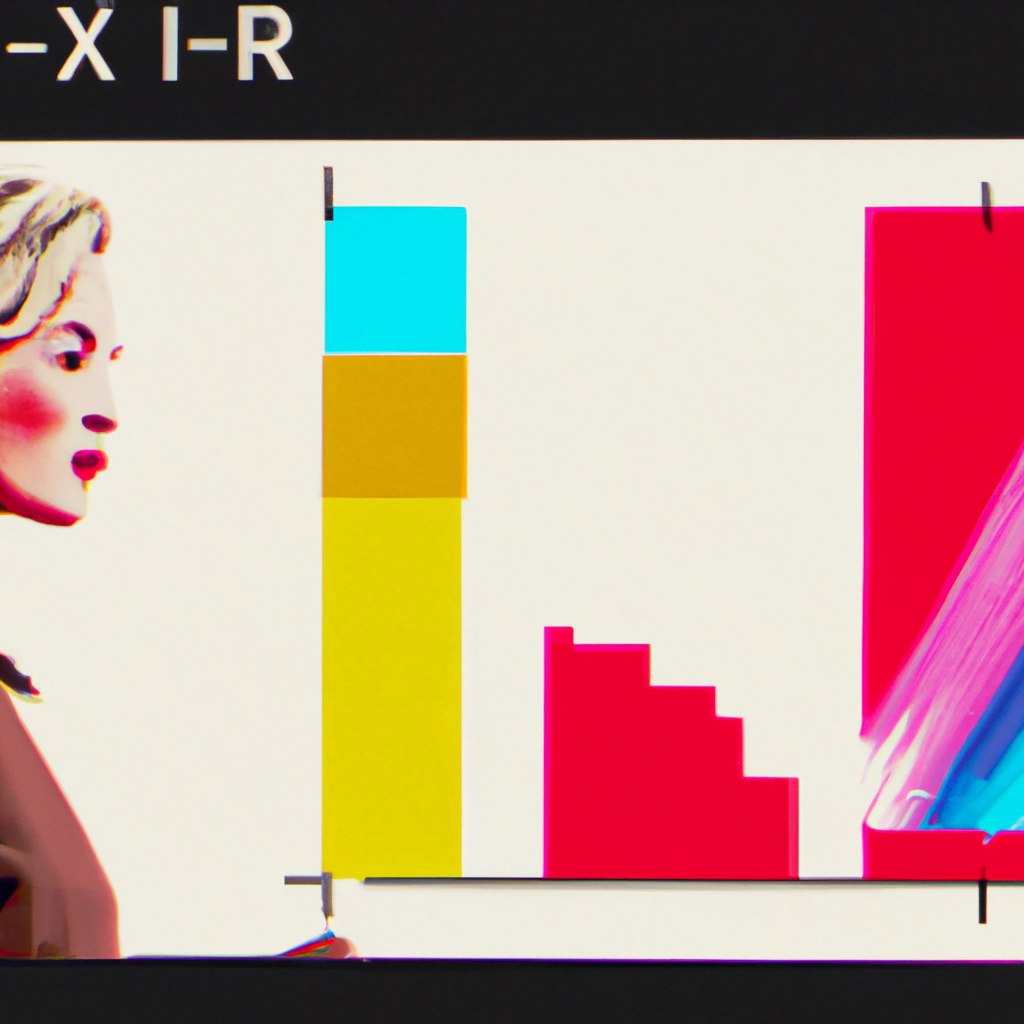Exploring AI-Driven Data Visualization in Infographics
Data visualization is a powerful tool that helps us make sense of complex information by presenting it in a visually appealing and easily understandable format. Infographics, in particular, have gained popularity in recent years due to their ability to convey data-driven stories effectively. With the advent of artificial intelligence (AI), data visualization has taken a leap forward, enabling us to create more dynamic and interactive infographics. In this article, we will explore the role of AI in data visualization and its impact on the creation of compelling infographics.
The Rise of AI in Data Visualization
Artificial intelligence has revolutionized various industries, and data visualization is no exception. AI algorithms can analyze vast amounts of data and extract meaningful insights, making it easier for designers to create visually appealing and informative infographics. Here are some key ways in which AI has transformed data visualization:
- Automated Data Analysis: AI algorithms can process large datasets and identify patterns, trends, and outliers more efficiently than humans. This automated data analysis helps designers uncover valuable insights and select the most relevant data points for their infographics.
- Smart Data Mapping: AI-powered tools can automatically map data to visual elements, such as charts, graphs, and maps. These tools analyze the data and suggest the most appropriate visualization techniques, saving designers time and effort.
- Real-time Data Integration: AI algorithms can integrate with live data sources and update visualizations in real-time. This feature is particularly useful for infographics that require up-to-date information, such as stock market trends or social media analytics.
- Interactive Infographics: AI enables the creation of interactive infographics that respond to user input. For example, a user can interact with a visualization by hovering over data points or selecting specific filters, allowing them to explore the data in a more engaging and personalized way.
Case Studies: AI-Driven Data Visualization
Let’s take a look at some real-world examples of how AI-driven data visualization has been used to create compelling infographics:
1. The New York Times’ COVID-19 Tracker
The New York Times developed an AI-powered data visualization tool to track the spread of COVID-19. The tool collects data from various sources, including government reports and public health agencies, and visualizes it in an interactive map. Users can explore the data at different levels of granularity, from global trends to specific regions. The AI algorithms behind the tool analyze the data in real-time, ensuring that the information is always up-to-date.
2. Google’s “Year in Search” Infographic
Every year, Google releases an “Year in Search” infographic that highlights the most popular search queries and trends of the year. AI algorithms analyze billions of search queries to identify the most significant topics and visualize them in a visually appealing format. The infographic includes interactive elements that allow users to explore the search trends by category, location, and time period.
3. Spotify’s “Wrapped” Campaign
Spotify’s “Wrapped” campaign uses AI-driven data visualization to create personalized infographics for each user. The campaign analyzes the user’s listening habits throughout the year and generates a visual summary of their music preferences. The infographic includes statistics such as the user’s most-streamed artists, top genres, and total listening time. This personalized approach makes the infographic more engaging and shareable on social media.
The Benefits of AI-Driven Data Visualization
AI-driven data visualization offers several benefits that enhance the effectiveness of infographics:
- Improved Efficiency: AI algorithms automate time-consuming tasks, such as data analysis and visualization mapping, allowing designers to focus on the creative aspects of infographic creation.
- Enhanced Accuracy: AI algorithms can process large datasets with minimal errors, ensuring that the visualizations accurately represent the underlying data.
- Increased Interactivity: AI enables the creation of interactive infographics that engage users and encourage them to explore the data further.
- Personalization: AI algorithms can generate personalized infographics based on user-specific data, making the visualizations more relevant and relatable.
- Real-time Updates: AI-powered infographics can integrate with live data sources and update in real-time, providing users with the most up-to-date information.
Challenges and Limitations
While AI-driven data visualization offers numerous benefits, there are also some challenges and limitations to consider:
- Data Quality: AI algorithms heavily rely on the quality and accuracy of the input data. If the data is incomplete or contains errors, it can lead to misleading visualizations.
- Algorithm Bias: AI algorithms can be biased if the training data is not diverse or representative of the target audience. This bias can result in visualizations that reinforce existing stereotypes or exclude certain groups.
- Complexity: AI-driven data visualization requires technical expertise in both data analysis and design. Designers need to understand how to interpret and present the insights generated by AI algorithms effectively.
- Privacy Concerns: AI algorithms often rely on personal data to generate personalized infographics. Ensuring the privacy and security of this data is crucial to maintain user trust.
Summary
AI-driven data visualization has transformed the way we create infographics, enabling us to analyze large datasets, automate data mapping, and create interactive and personalized visualizations. The examples and case studies discussed in this article demonstrate the power of AI in enhancing the effectiveness and engagement of infographics. However, it is essential to be aware of the challenges and limitations associated with AI-driven data visualization, such as data quality, algorithm bias, complexity, and privacy concerns. By leveraging the benefits of AI while addressing these challenges, designers can create compelling and informative infographics that effectively communicate complex information to a wide audience.
